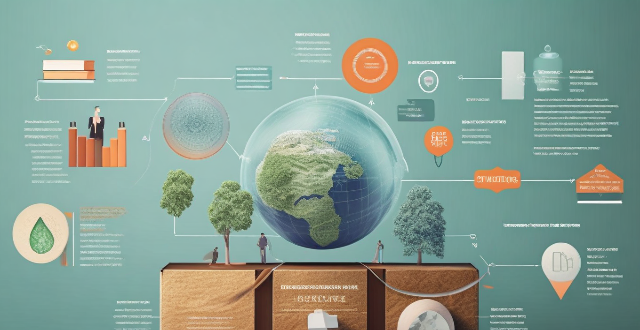Governments can stimulate economic recovery without increasing inflation by implementing a combination of fiscal policy measures, monetary policy tools, supply-side policies, and structural reforms. Fiscal policy measures include tax incentives for businesses and consumers, as well as targeted spending on infrastructure and education. Monetary policy tools involve adjusting interest rates and reducing reserve requirements to encourage borrowing and lending. Supply-side policies focus on deregulation and labor market flexibility to reduce costs and promote competition. Structural reforms aim to support education, innovation, and environmental sustainability. It is important for governments to monitor the effects of these policies and adjust them as needed to maintain price stability and economic health.

How Can Governments Stimulate Economic Recovery Without Increasing Inflation?
Introduction
In economics, the challenge of stimulating growth while avoiding inflation is a delicate balancing act. Governments must employ strategies that encourage spending and investment without overheating the economy, which could lead to price increases. Here's an exploration of some potential approaches:
Fiscal Policy Measures
Tax Incentives
- Tax Cuts for Businesses: Reducing corporate tax rates can incentivize businesses to reinvest in their operations, leading to job creation and economic expansion.
- Consumer Tax Breaks: Offering temporary tax rebates or credits can put more money in consumers' pockets, boosting demand for goods and services.
Targeted Spending
- Infrastructure Investment: Public works projects not only create jobs but also improve productivity in the long term.
- Education and Training Programs: Investing in human capital enhances workforce skills, making the economy more adaptable and competitive.
Monetary Policy Tools
Interest Rate Adjustments
- Lower Interest Rates: By reducing borrowing costs, consumers and businesses are encouraged to invest in big-ticket items and expand their operations.
- Quantitative Easing: Central banks can stimulate the economy by purchasing long-term securities to increase money supply.
Reserve Requirements
- Reducing Reserve Requirements: Freeing up more funds for banks to lend can facilitate lending activities and support business expansions.
Supply-Side Policies
Deregulation
- Streamlining Regulations: Simplifying bureaucratic procedures can reduce costs for businesses, allowing them to be more productive and competitive.
- Promoting Competition: Encouraging competition through antitrust enforcement can help keep prices down by preventing monopolistic behavior.
Labor Market Flexibility
- Employment Law Reforms: Making it easier for businesses to hire and fire can contribute to a more dynamic labor market, aiding rapid adjustments to economic changes.
Structural Reforms
Education and Innovation
- Research and Development Subsidies: Supporting R&D initiatives can lead to technological advancements that increase productivity and competitiveness.
- Entrepreneurship Programs: Nurturing startup ecosystems can spur innovation and create new industries and jobs.
Environmental Sustainability
- Green Energy Initiatives: Investing in renewable energy sources can create new markets and jobs while reducing dependence on inflation-prone fossil fuels.
Conclusion
Governments have a multifaceted toolkit at their disposal to foster economic recovery without stoking the flames of inflation. By combining prudent fiscal policies with well-calibrated monetary measures and structural reforms, they can aim for sustainable growth. It's crucial, however, to monitor the effects of these policies closely and adjust them as needed to maintain price stability and economic health.